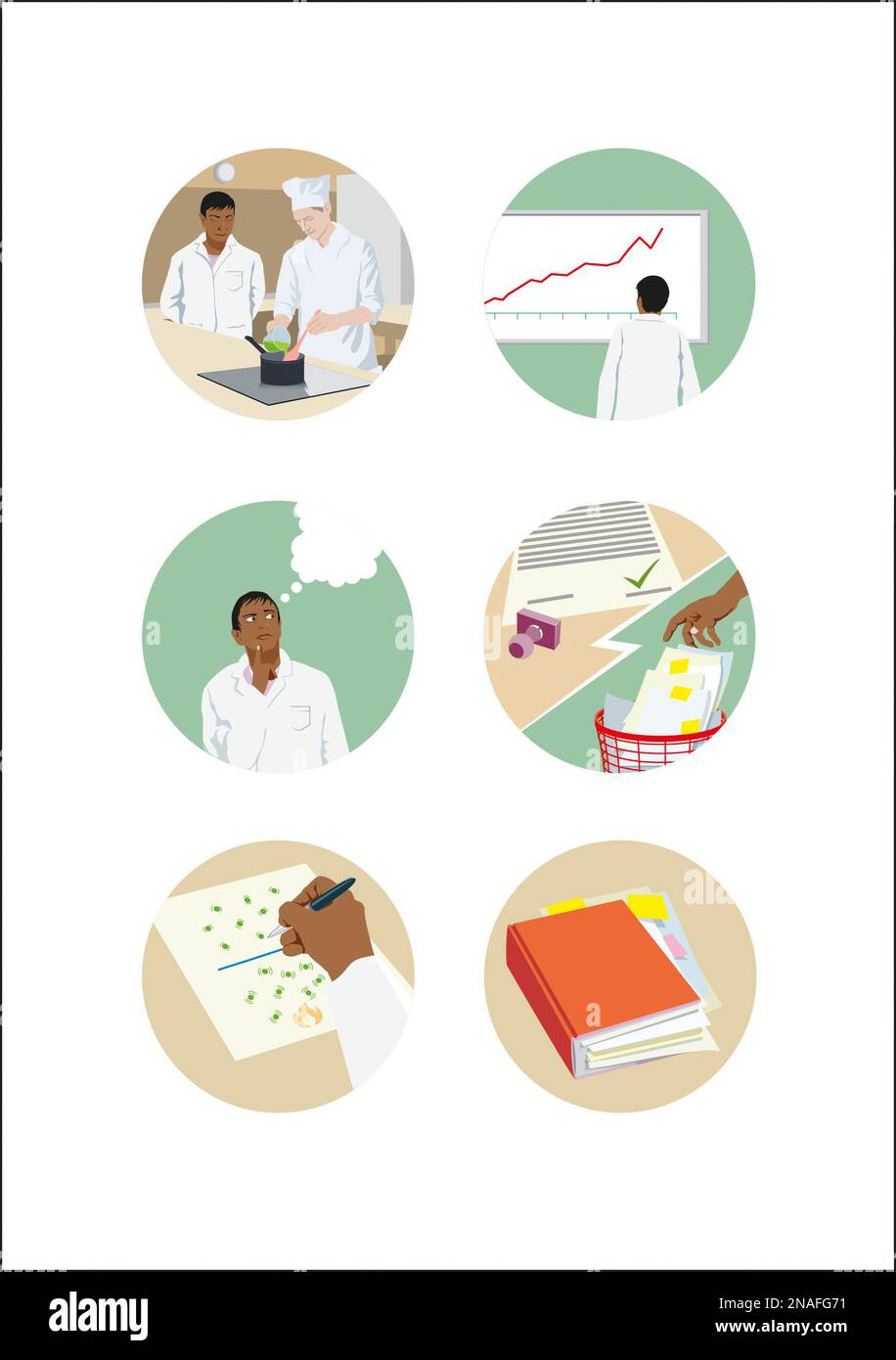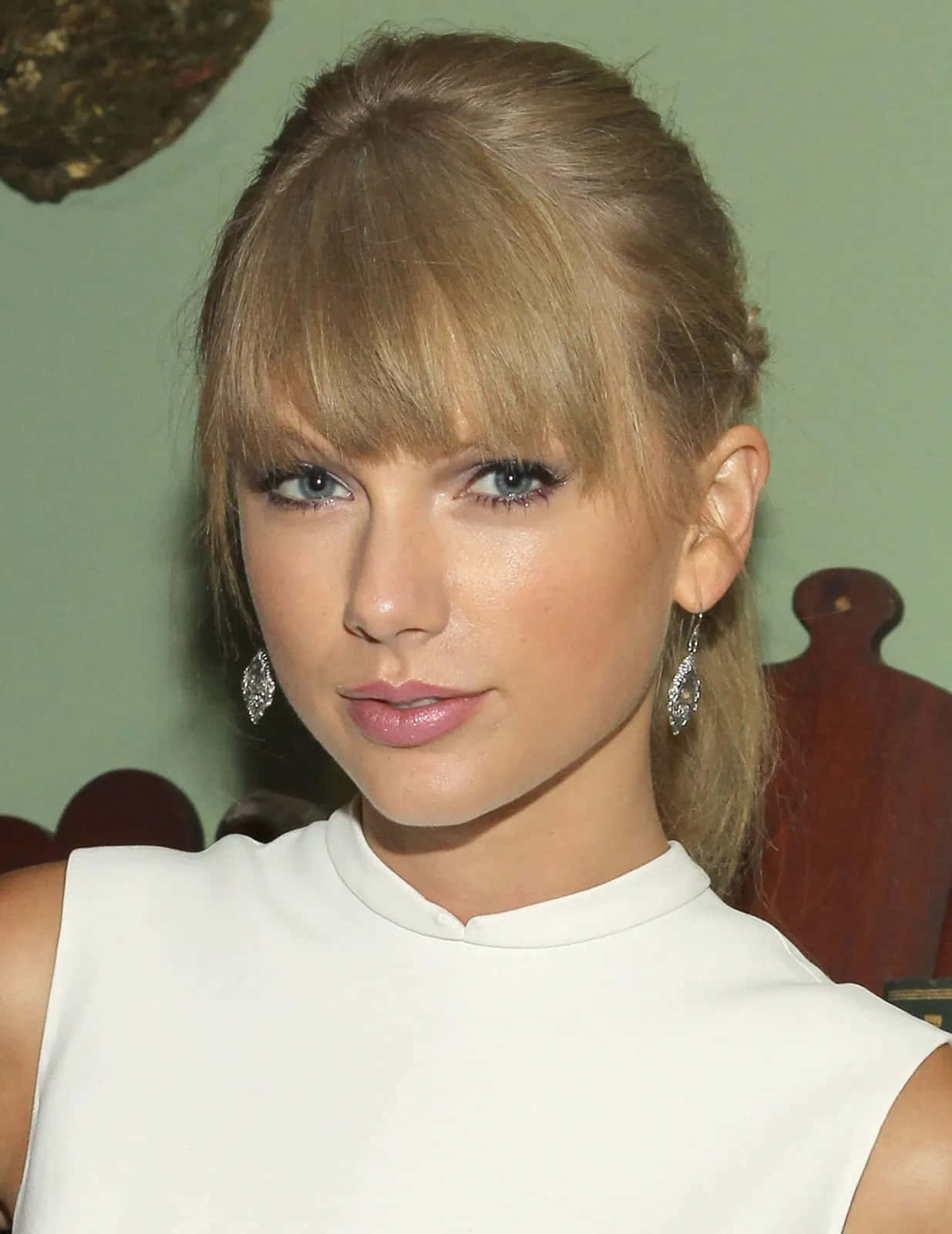Master Everyday Phrases in American Sign Language: Express Yourself with Confidence
Introduction to Everyday American Sign Language (ASL) Phrases
American Sign Language (ASL) offers a powerful way to connect with Deaf and hard-of-hearing individuals. Learning basic phrases like expressing love, greeting others, apologizing, and showing appreciation can break down communication barriers and foster meaningful relationships. This comprehensive guide provides actionable steps, real-world examples, and expert tips to help you master essential ASL expressions.
How to Say “I Love You” in ASL
The sign for I love you in ASL is iconic and widely recognized. To perform this sign:
- Raise your hand, palm facing outward.
- Extend your thumb, index finger, and pinky finger.
- Keep your middle and ring fingers down, forming a combination of the letters “I,” “L,” and “Y” from the ASL alphabet.
- Gently move your hand side to side, or simply hold it still.
This sign is used universally in ASL to express affection and deep care. It is commonly shared between family, friends, and loved ones. According to the Baby Sign Language Dictionary, this gesture is one of the most meaningful and beloved signs for both adults and children [1] . Multiple sources confirm this technique, emphasizing its simplicity and emotional impact [3] , [4] .
Example: A parent might use this sign at bedtime to reassure a child, or partners may use it when parting for the day.
How to Say “Hi” and “Hello” in ASL
Greeting someone in ASL is straightforward and friendly. The signs for hi and hello are nearly identical:
- Raise your dominant hand to the side of your forehead, palm open and facing outward, much like a casual salute.
- Move your hand slightly outward and away from your forehead.
This gesture conveys a warm greeting and can be used in both formal and informal settings. While the sign is simple, your facial expression should match the context-a smile helps communicate friendliness.
Example: When entering a room, use the sign for “hello” to acknowledge everyone present. When meeting a new person, combine the sign with a friendly nod.
If you wish to learn more about greetings, you can search for “ASL hello sign” or consult reputable Deaf education resources for video demonstrations.
How to Say “Sorry” in ASL
The sign for sorry involves a gentle, circular motion:
- Form the letter “A” by making a fist with your dominant hand.
- Place the knuckles of your fist against the center of your chest.
- Move your hand in a small, circular motion on your chest.
This sign expresses apology or regret, and is used in both casual and formal situations. It is important to pair the sign with an appropriate facial expression-typically a look of concern or remorse-to reinforce your sincerity.
Example: If you accidentally bump into someone, use the “sorry” sign immediately to convey your apology. In a more formal scenario, such as apologizing in a meeting, this sign can be accompanied by a brief explanation in ASL or spoken English.
For additional guidance, consider searching for “ASL sorry sign” on reputable sign language learning platforms or video resources.
How to Say “You’re Welcome” in ASL
Responding to gratitude in ASL can be done in several ways. The most common approach is to simply sign thank you back, as there is not always a distinct “you’re welcome” sign in conversational ASL. Here is how you can respond:
- Sign “thank you” by bringing the fingers of your dominant hand to your chin and moving them forward, away from your face.
- You may also nod or smile to indicate acknowledgment.
- Alternatively, some signers use the sign for “fine”-an open hand with the thumb touching the chest, moved slightly outward.
In Deaf culture, it is common to minimize the response, as a smile or nod can suffice in many situations. If you wish to be more formal, you can fingerspell “Y-O-U’R-E W-E-L-C-O-M-E,” but this is rarely necessary in everyday conversation.
Example: If someone thanks you for holding a door open, simply smile and sign “thank you” or “fine” in return. If you are in a classroom setting, a nod and a quick sign suffices.
For further details, you may want to reference American Sign Language dictionaries or video tutorials on “ASL you’re welcome.” These resources typically provide variations and context for different responses.

Source: youtube.com
Step-by-Step Guidance for Mastering These Signs
To effectively learn and use these everyday ASL phrases, follow these steps:
- Start with Visual Resources: Seek out reputable video demonstrations from certified ASL instructors or Deaf educators. Visual learning is key for mastering hand shapes and motions. YouTube channels such as “ASL Love” and platforms like Baby Sign Language provide reliable, easy-to-follow tutorials [1] , [4] .
- Practice in Context: Use the signs in real-life scenarios. For example, greet your family with “hello,” express “I love you” before leaving home, or sign “sorry” when appropriate. Consistent practice reinforces muscle memory and confidence.
- Engage with the Deaf Community: Attend local Deaf events, join online forums, or participate in ASL classes. Immersion helps you understand cultural nuances and receive feedback on your signing.
- Use Reputable Learning Materials: Invest in certified ASL dictionaries, flashcards, or mobile apps developed by established organizations. Always verify that resources are current and based on standard ASL practices.
- Seek Feedback and Correction: Ask fluent signers or instructors to observe your signing and provide constructive feedback. Correcting small mistakes early improves your skills over time.
Remember, facial expressions and body language play a crucial role in ASL. They add emotional context and clarify meaning, especially for signs like “sorry” and “I love you.”
Common Challenges and Effective Solutions
Learning ASL can present unique challenges, especially for beginners. Some common issues include:
- Confusing Similar Signs: Many signs use similar hand shapes. It is important to pay attention to subtle differences in finger positioning and movement. Video tutorials and slow-motion demonstrations can help distinguish these details.
- Remembering Facial Expressions: New learners often focus solely on hand movements, forgetting that facial expressions are integral. Practice in front of a mirror to ensure your expressions align with your message.
- Finding Reliable Practice Partners: If you do not know any signers, consider joining online communities or enrolling in local ASL classes. Many community colleges and Deaf organizations offer beginner courses.
- Overcoming Nervousness: Mistakes are a natural part of language learning. The Deaf community is generally supportive of sincere efforts to communicate in ASL. Approach each interaction as a learning opportunity and ask for guidance when needed.
For additional support, consult resources from established organizations. If you are unsure where to start, search for “Deaf services” or “ASL classes” in your area, or contact local advocacy groups for recommendations.
Alternative Approaches to Learning ASL
In addition to traditional classroom instruction, there are several alternative pathways for learning ASL:

Source: amazon.com
- Mobile Apps: Many apps offer interactive lessons and quizzes. Look for those developed by educational institutions or Deaf organizations.
- Video Series: Platforms like YouTube feature certified ASL instructors who break down phrases step by step. Always check instructor credentials and user reviews.
- Community Workshops: Local libraries, community centers, and advocacy groups often host free or low-cost ASL workshops. These provide hands-on experience and networking opportunities.
- Online Forums: Participate in online ASL forums or social media groups to share experiences and ask questions. Engaging with a community accelerates learning and keeps you motivated.
It is essential to verify the credibility of any resource. Prioritize materials from recognized educators and organizations, and avoid sources that lack clear credentials or positive user feedback.
Key Takeaways for Effective ASL Communication
Mastering “I love you,” greetings, apologies, and gratitude in ASL opens doors to inclusive communication and builds trust. By following the steps outlined above, practicing regularly, and seeking feedback, you can become a confident communicator in both everyday and special moments. Remember, patience and persistence are vital-progress may be gradual, but every sign you learn strengthens your ability to connect.
References
- [1] Baby Sign Language (2021). I Love You – Baby Sign Language Dictionary.
- [2] TikTok (2024). I LOVE YOU (how to sign in sign language) – I SimCom.
- [3] Guideposts (2015). Saying “I Love You” in Sign Language – YouTube.
- [4] ASL LOVE (2020). How to Sign I Love You – Sign Language – ASL – YouTube.
- [5] YouTube Shorts (2023). How to Sign I LOVE YOU – Sign Language ASL.
MORE FROM searchhole.com













